OSBORN’S RULE
This is the rule used to change the trigonometrical identification into corresponding analogous hyperbolic identities.
Osborn’s rule states that “whenever a product of two series occurs change the sign of that term “
Examples
1. Change the identity  into analogous hyperbolic identity
into analogous hyperbolic identity
Solution


2. Write the analogous hyperbolic identity for 
Solution


3. Change  into a corresponding hyperbolic identity
into a corresponding hyperbolic identity
Solution


INVERSE OF HYPERBOLIC FUNCTION
The inverse of  or
or 
The inverse of  is denoted by
is denoted by 
The inverse of  is denoted by
is denoted by 
GRAPHS OF INVERSE OF HYPERBOLIC FUNCTIONS
The graph of the inverse of hyperbolic functions is a reflection of graphs of hyperbolic function on the inverse of y = x
(a) 
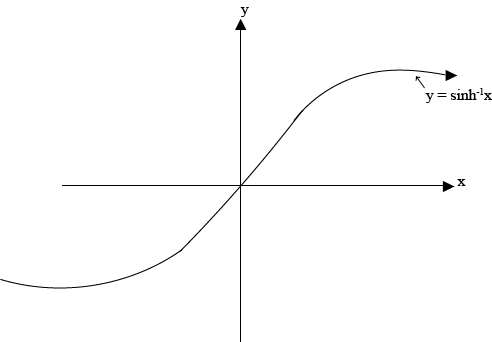
(b) 
Concept:
y =  is not one to one function in such a way it can’t have inverse without restriction otherwise its inverse will not be a function but just a relation. For y =
is not one to one function in such a way it can’t have inverse without restriction otherwise its inverse will not be a function but just a relation. For y = to be a function the domain of y =
to be a function the domain of y = should be restricted such that domain is
should be restricted such that domain is 
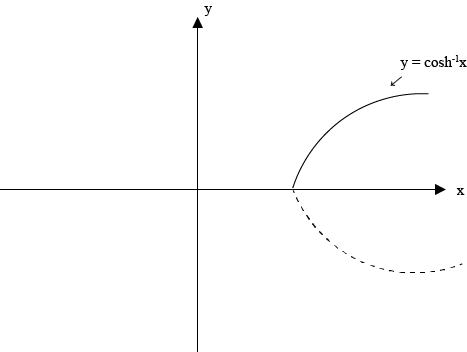
(c) 
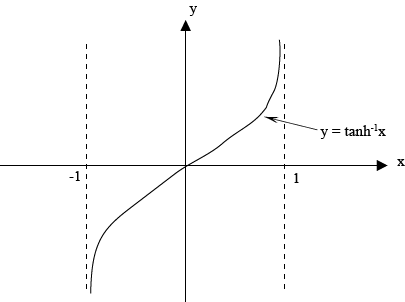
(d) For y = it is defined by only for -1 < x < 1
it is defined by only for -1 < x < 1
EXPRESSION OF IN LOGARITHMIC FORM
IN LOGARITHMIC FORM
( a) 


















(b b) 















This is the expression for as just a relation and not a function.
as just a relation and not a function.
For being in function
being in function












(c c) 














Examples
1. (i) 
(ii)
Solution (i)








Solution (ii)









2. Prove that 
Solution











3. If 
Solution





 1
1










4.. Given that 
Solution










R- FORMULAE
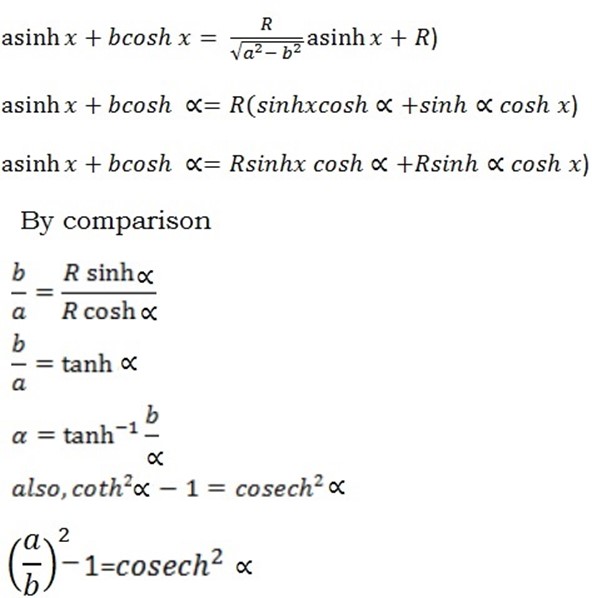
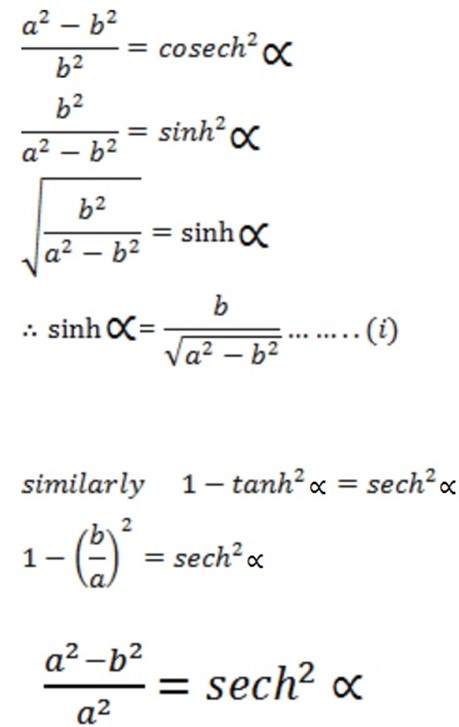
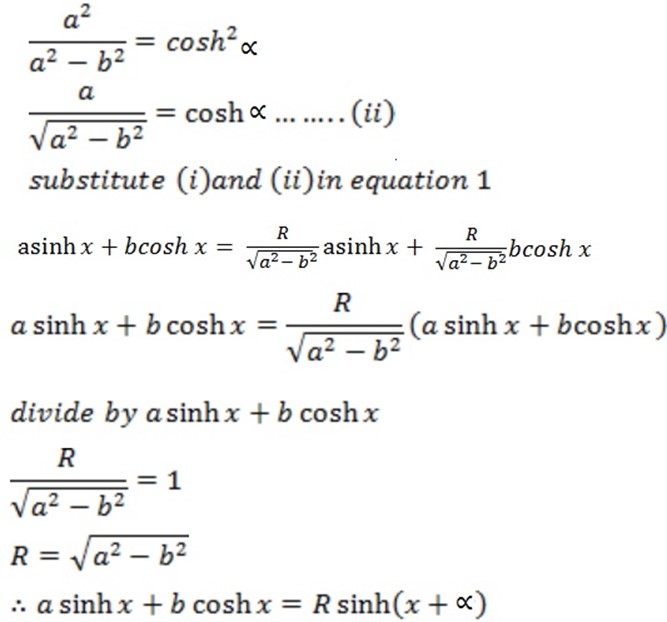
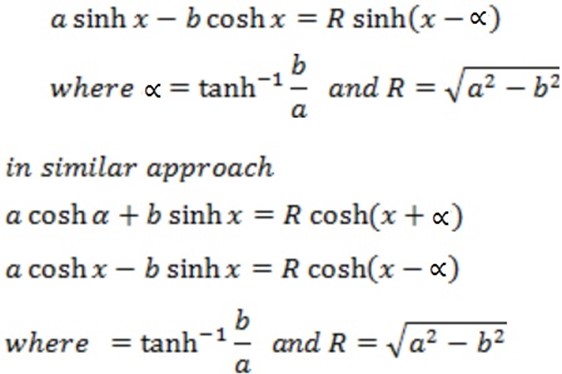
Examples
Find the maximum value of
3 coshx + 2sinh∝
Solution





